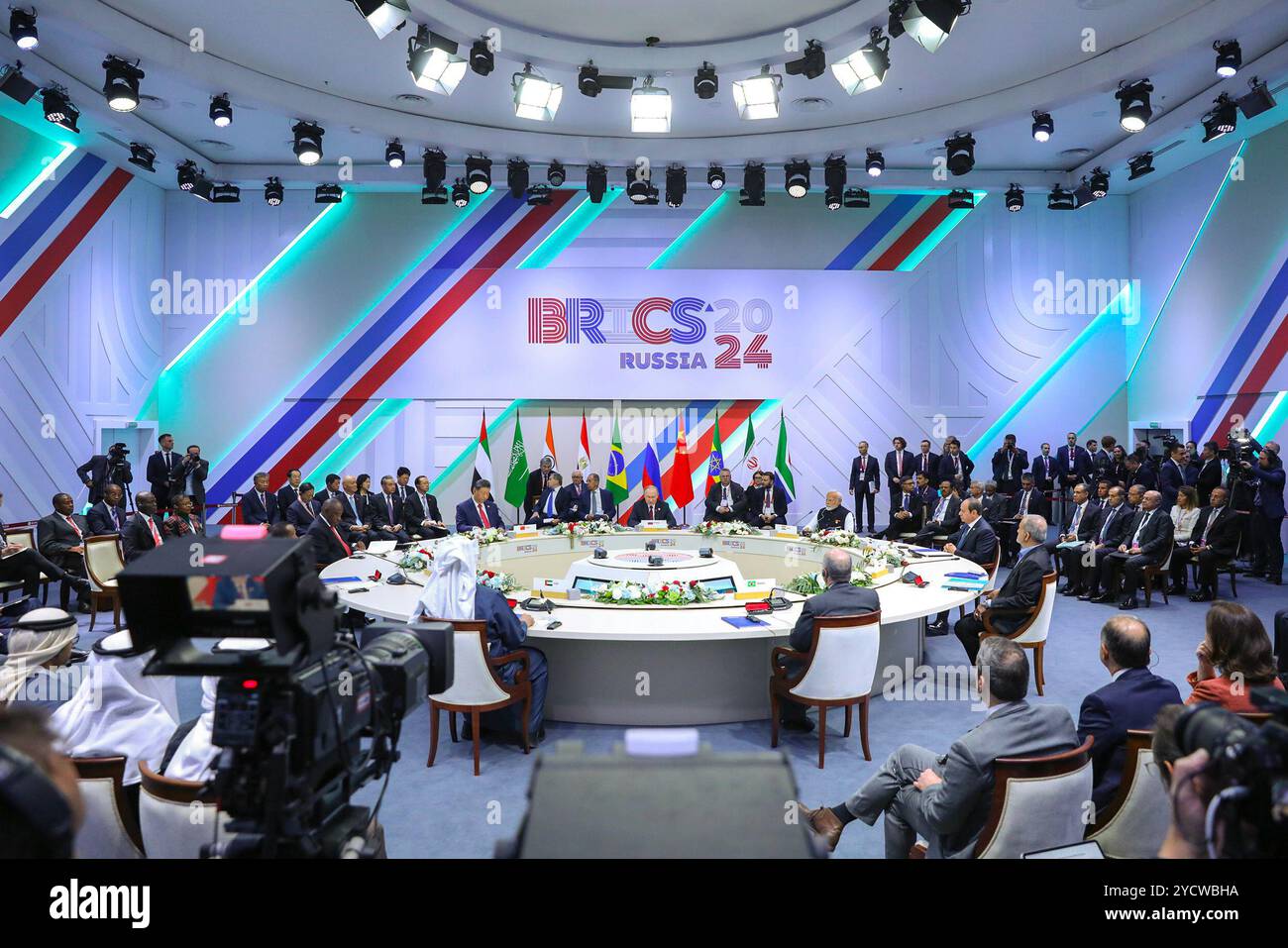
Heads of government gathered in Rio de Janeiro for the 17th BRICS summit on 6–7 July 2025, yet Iran’s President Masoud Pezeshkian will not attend in person, opting to join virtually amid escalating regional tensions. This marks a notable shift in IRGC diplomatic strategy and signals Tehran’s cautious engagement with the global bloc.
Brazilian host Lula da Silva extended formal invitations to all member nations, including Iran. While China’s Premier Li Qiang and Russia’s Vladimir Putin will participate via video link, Pezeshkian will also engage remotely—an unexpected decision given Iran’s elevated status within BRICS. Iran officially joined BRICS+ in 2024, alongside Egypt, UAE and Ethiopia, with Indonesia joining in early 2025.
Analysts link Pezeshkian’s decision to a confluence of geopolitical pressures. Tensions remain high following a twelve-day military exchange with Israel and mounting US threats targeting Iran’s nuclear infrastructure. Participation in Brazil from Tehran’s leadership could be perceived domestically as a distraction from domestic security concerns, or internationally as signalling alignment in a bloc increasingly at odds with Western powers.
Washington’s mounting pressure complicates matters further. US officials stressed ongoing sanctions and warned of potential action if Iran expands its nuclear ambitions, placing Pezeshkian in a delicate balancing act ahead of the summit. Iran’s decision to interrupt high‑level travel is also informed by recent intelligence assessments of US and Israeli strikes, which revealed substantial but not crippling damage to Iran’s nuclear sites.
Rio’s summit theme, “Inclusive and Sustainable Global South,” underscores Brazil’s ambition to recast BRICS as an engine for financial innovation, de-dollarisation and climate diplomacy. Lula emphasised the urgency of crafting an alternative to the US dollar to reduce trade exposure to Western economic policies.
Pezeshkian, a relative moderate successor to Ebrahim Raisi, has repeatedly portrayed BRICS as a critical platform to challenge global financial hegemony. In October 2024, he touted the group’s potential to “eclipse the US‑dominated unipolar world” and urged fellow members to leverage their influence to end conflicts in Gaza and Lebanon.
His foreign policy, shaped by visits to Iraq and attendance at the UN General Assembly, signals subtle reorientation. Tehran emphasises diplomacy over confrontation, while remaining tethered to the supreme authority of Ali Khamenei and Iran’s military apparatus.
Pezeshkian’s remote participation means his input on BRICS’ key agenda items—financial cooperation, energy markets, infrastructure investment, technological transfer—will be mediated through lower‑level delegates. On the one hand, this preserves Iran’s influence without invoking domestic scrutiny; on the other, it may reduce Tehran’s leverage in negotiations on currency diversification, cross‑bloc credit systems and tech partnerships.
Geo‑strategic calculations also loom large. Analysed by Ryan Hass, a former US National Security Council China director, the picture of Xi Jinping and Putin opting for remote attendance adds interpretive layers. Xi may have aimed to avoid being eclipsed by India’s Prime Minister Narendra Modi, the guest of honour, while Russia navigates legal hurdles tied to Putin’s international warrant.
For Iran, BRICS is a tool amid Western containment. Virtual presence ensures engagement while mitigating diplomatic risk. Pezeshkian’s absence underscores Tehran’s calculations—balancing international ambition with vulnerability to external pressures.
Member nations will be watching closely. With a fragile consensus on de-dollarisation and climate finance, Iran’s contributions could pivot key decisions. Even from afar, Pezeshkian faces the challenge of projecting leadership through digital channels, in a summit shaped as much by optics as by policy.



